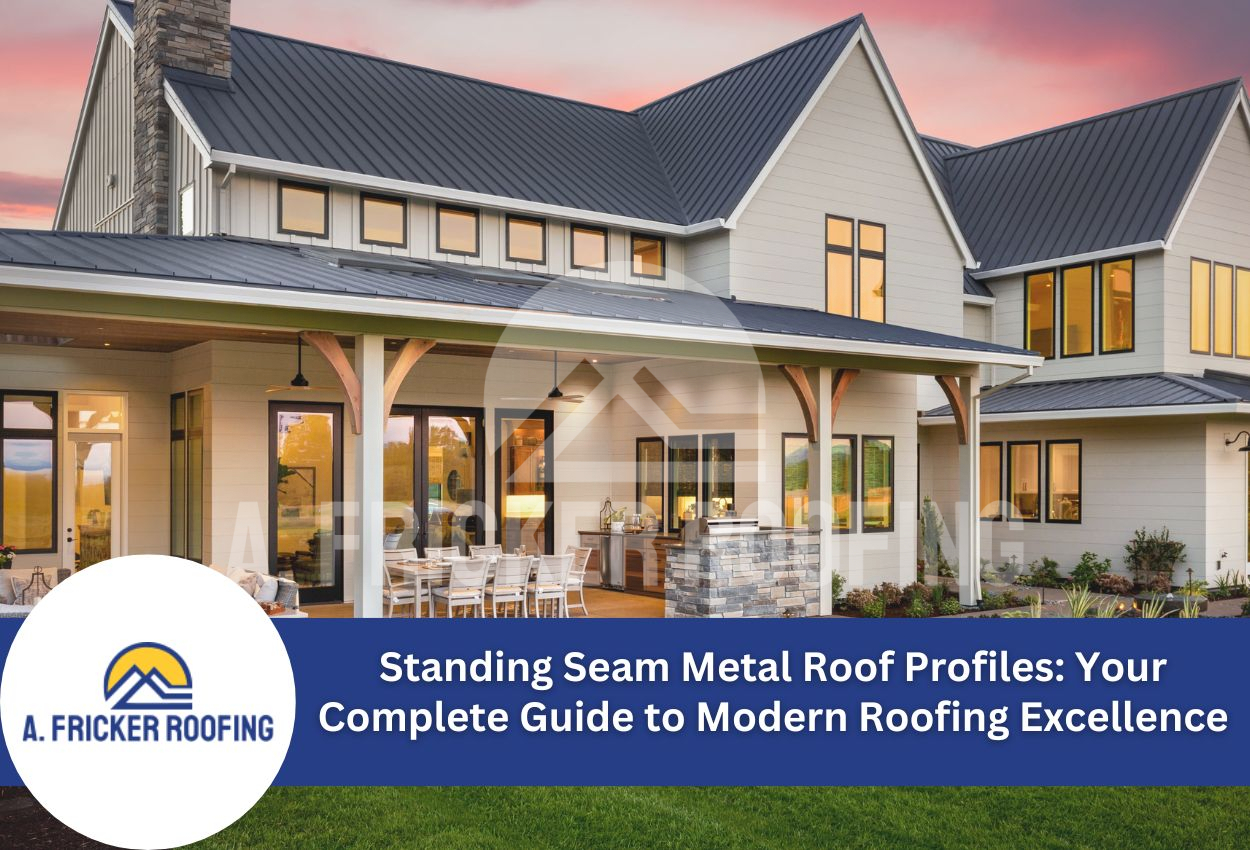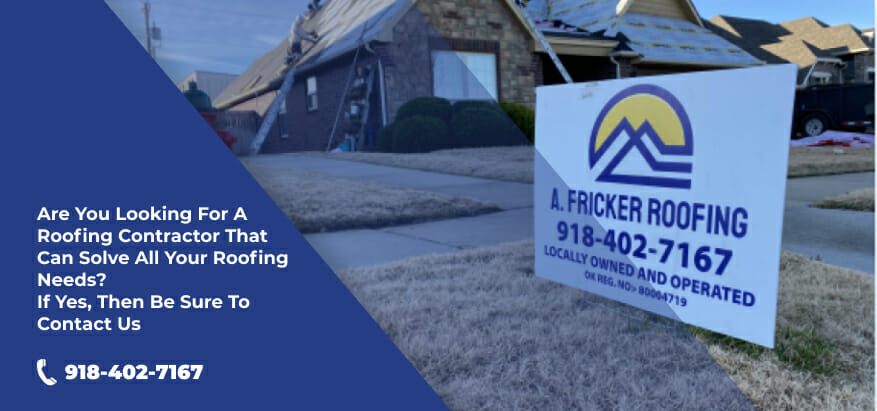Standing seam metal roof profiles are the pinnacle of modern roofing technology, combining superior performance with exceptional aesthetic appeal. These advanced metal roofing panels feature raised seams that connect adjacent panels without exposed fasteners, creating a continuous weatherproof barrier that outperforms traditional roofing materials in both durability and visual impact.
The concealed fastener design eliminates common failure points associated with exposed screws and nails, while the distinctive vertical lines enhance architectural appeal across residential and commercial applications. Standing seam installation creates thermal movement accommodation, allowing panels to expand and contract naturally without compromising structural integrity.
Property owners choosing metal roof systems benefit from exceptional longevity, energy efficiency, and minimal maintenance requirements. The sophisticated engineering behind standing seam profiles addresses critical performance factors, including wind uplift resistance, water infiltration prevention, and thermal cycling management. Architectural metal roofing options span multiple profile heights, panel widths, and materials to suit diverse design requirements.
Researching and understanding different standing seam metal roof profiles helps property owners select the right roofing solutions that deliver decades of reliable protection while enhancing property value.
Understanding Different Standing Seam Profile Types and Their Unique Characteristics
Standing seam metal roof profiles are available in three primary configurations, each offering distinct structural advantages and installation methods. Snap lock profiles feature interlocking edges that snap together without additional mechanical fastening, making them ideal for residential applications where installation efficiency is essential. These metal roofing panels provide excellent weather protection while staying affordable for homeowners.
Mechanical seam profiles utilize specialized seaming machines that fold and compress panel edges together, creating the strongest possible connection. This standing seam installation method delivers superior wind resistance and waterproof performance, making it the preferred choice for commercial buildings and areas with extreme weather where maximum structural integrity is required.
Batten seam profiles incorporate raised caps over the seams, creating distinctive shadow lines that enhance architectural appeal. These concealed fastener roofing systems offer exceptional thermal movement accommodation while providing unique aesthetic options for premium residential and commercial applications.
Panel width variations typically range from 12 to 24 inches, directly impacting both material coverage rates and visual proportions. Seam height options span from 3/4 inch to 2 inches, affecting water shedding capability and architectural prominence. Higher seams provide enhanced weather performance and more pronounced shadow lines, while lower profiles offer subtle elegance. These variables allow property owners to balance functional requirements with desired aesthetics when selecting metal roof systems for their specific property and local climate.
Key Advantages That Set Standing Seam Profiles Apart From Traditional Materials
Standing seam metal roof profiles deliver exceptional weather resistance that significantly outperforms conventional roofing materials. The continuous seam design creates a weatherproof barrier that prevents water infiltration at vulnerable connection points and eliminates exposed hardware that commonly fails during severe weather. These metal roofing panels effectively shed rain, snow, and ice while resisting wind uplift forces that damage traditional shingle and tile systems.
Thermal performance advantages make standing seam profiles a good choice for Oklahoma’s challenging climate. The reflective properties of metal roof systems reduce heat absorption during summer, potentially lowering cooling costs compared to asphalt shingles. During winter temperature fluctuations, the natural expansion characteristics of these metal roofing systems prevent thermal stress damage that compromises conventional materials.
Long-term durability is another compelling advantage of standing seam metal roofs over traditional roofing options. While asphalt shingles typically require replacement every 15 to 20 years, properly installed metal roofing panels can provide reliable protection for 50 years or longer. The corrosion-resistant coatings and structural integrity of standing seam profiles eliminate common maintenance issues including granule loss, cracking, and fastener deterioration. This exceptional longevity translates to significant cost savings over the roofing system’s lifespan, making standing seam metal roof profiles a superior investment for property owners seeking permanent roofing solutions.
Concealed Fastener Technology and Its Impact on Performance
Concealed fastener technology is a significant advancement in metal roofing panels that addresses performance limitations found in traditional systems. Hidden fastener systems eliminate exposed penetrations through the roofing surface, removing potential water infiltration points that commonly plague conventional roofing materials. This innovative approach allows standing seam metal roof profiles to accommodate natural thermal expansion and contraction without compromising the integrity of attachment points.
The engineering behind concealed fastener roofing systems enables panels to move freely along their length while maintaining secure attachment to the roof deck. Specialized clips positioned beneath the panel seams provide a structural connection without creating fixed restraint points that could cause buckling or oil canning. This thermal movement accommodation ensures that metal roof systems maintain their weatherproof seal and structural stability across Oklahoma’s extreme temperature variations.
Exposed fastener systems come with numerous vulnerabilities because of the direct panel penetrations that require regular maintenance and eventual replacement. These exposed screws and washers experience thermal cycling stress, leading to loosening, rubber washer deterioration, and eventual water infiltration. Standing seam installation with concealed fasteners eliminates these maintenance requirements while providing superior wind uplift resistance through continuous panel engagement rather than point-loading at individual fastener locations.
The structural benefits of proper fastening methods extend beyond weather protection to include enhanced aesthetic appeal and architectural integrity. Architectural metal roofing systems with concealed fastener technology have clean, uninterrupted lines that enhance property appearance while delivering decades of reliable performance without visible hardware deterioration or fastener-related maintenance concerns.
Design Flexibility and Aesthetic Appeal Options
Standing seam metal roof profiles offer extensive design versatility through sophisticated color selection and finish options that complement diverse architectural styles. Premium coating systems provide dozens of standard colors alongside custom color-matching capabilities, enabling property owners to achieve precise aesthetic coordination with existing building elements. Finish types range from matte surfaces that minimize glare to high-gloss options that create dramatic visual impact, while textured finishes simulate traditional materials, such as asphalt shingles.
Profile combinations expand design possibilities by allowing different seam heights and panel widths within the same system. Narrow panels with tall seams create bold vertical emphasis suitable for contemporary commercial buildings, while wider panels with subtle seams provide understated elegance for traditional residential properties. These architectural metal roofing options maintain their performance while delivering customized curb appeal.
Contemporary buildings benefit from clean lines and metallic finishes that emphasize structural geometry, while historic properties require careful color selection and profile proportions that respect established architectural character. Standing seam installation techniques accommodate both approaches without compromising the superior weather protection and longevity that define concealed fastener roofing systems.
Material combinations enhance design flexibility through mixed-metal applications and complementary trim systems. Copper accents paired with steel metal roofing panels create striking contrast elements, while coordinated gutters and flashing maintain visual continuity across the entire roof for a cohesive final look. However, additional precautions may be needed to prevent galvanic corrosion between different metals.
Professional Installation Requirements and System Components
Standing seam metal roof profiles require specialized installation techniques to ensure the system performs as intended throughout its service life. Proper panel alignment begins with precise measurements and chalk lines to maintain consistent seam positioning across the entire roof surface. Metal roofing panels must be installed with appropriate side and end laps to prevent water infiltration, while maintaining manufacturer-specified clearances for thermal expansion.
Fastening techniques for concealed fastener roofing systems include proper clip spacing and attachment torque specifications that secure panels without restricting thermal movement. Standing seam installation requires specialized seaming tools that create consistent, weatherproof connections between adjacent panels. Hand-operated seamers generally work effectively for residential applications, while powered seaming machines ensure uniform compression for commercial metal roof systems.
Essential system components extend beyond the primary metal roofing panels to include ridge caps, hip covers, and valley flashing that complete the weatherproofing assembly. These architectural metal roofing accessories must coordinate with the primary panel profiles while providing transitional protection at roof intersections and directional changes. Valley flashing installation requires specific underlayment techniques and fastening patterns that accommodate increased water flow volumes.
Transition flashing is critical where standing seam profiles meet walls, chimneys, or penetrations. These specialized trim pieces require careful fabrication and installation to maintain the weatherproof integrity that defines quality concealed fastener roofing systems. Professional installation ensures these components integrate seamlessly with the primary roofing assembly while providing reliable long-term protection against water infiltration at vulnerable connection points.
Selecting the Right Standing Seam Profile for Your Property
Choosing a standing seam metal roof profile requires looking at multiple factors that directly impact performance and visual appeal. Building type significantly influences profile selection, as residential applications often benefit from moderate seam heights and standard panel widths that provide excellent weather protection without overwhelming architectural proportions. Commercial structures typically require more robust profiles with taller seams and specialized fastening systems to handle increased structural loads and wind exposure.
Climate considerations also partially determine which metal roofing panels are best for your property. High seam profiles offer superior water shedding during intense rainfall, while appropriate panel expansion joints accommodate the temperature fluctuations experienced throughout the region. Snow load requirements and hail resistance capabilities should guide material gauge selection and coating specifications for optimal long-term performance.
Architectural requirements balance performance with aesthetics by coordinating the metal profile with existing building elements. Traditional home styles benefit from subtle concealed fastener roofing profiles that complement established design themes, while contemporary structures can accommodate bold seam heights that create dramatic visual impact. Color and finish must coordinate with surrounding materials while maintaining the superior durability of architectural metal roofing systems.
Working with qualified metal roofing contractors ensures that structural requirements, local building code compliance, and manufacturer warranty specifications are accounted for during installation. A professional evaluation identifies potential installation challenges and recommends techniques that maximize system performance.
Protect Your Home with a New Standing Seam Metal Roof from A. Fricker Roofing and Waterproofing
Choosing the right standing seam metal roof profile is crucial for both the protection and aesthetic appeal of your property. At A. Fricker Roofing and Waterproofing, we specialize in providing top-tier metal roofing solutions that cater specifically to the unique climate and architectural styles of Oklahoma. Our expert team is ready to guide you through selecting the perfect profile that not only meets your needs but also exceeds your expectations in terms of performance and longevity.
Contact us today at (918) 402-7167 to discuss your options and how we can assist in transforming your roofing experience with our reliable and aesthetically pleasing metal roofing systems. Trust A. Fricker Roofing and Waterproofing to provide you with a roof that stands the test of time.

